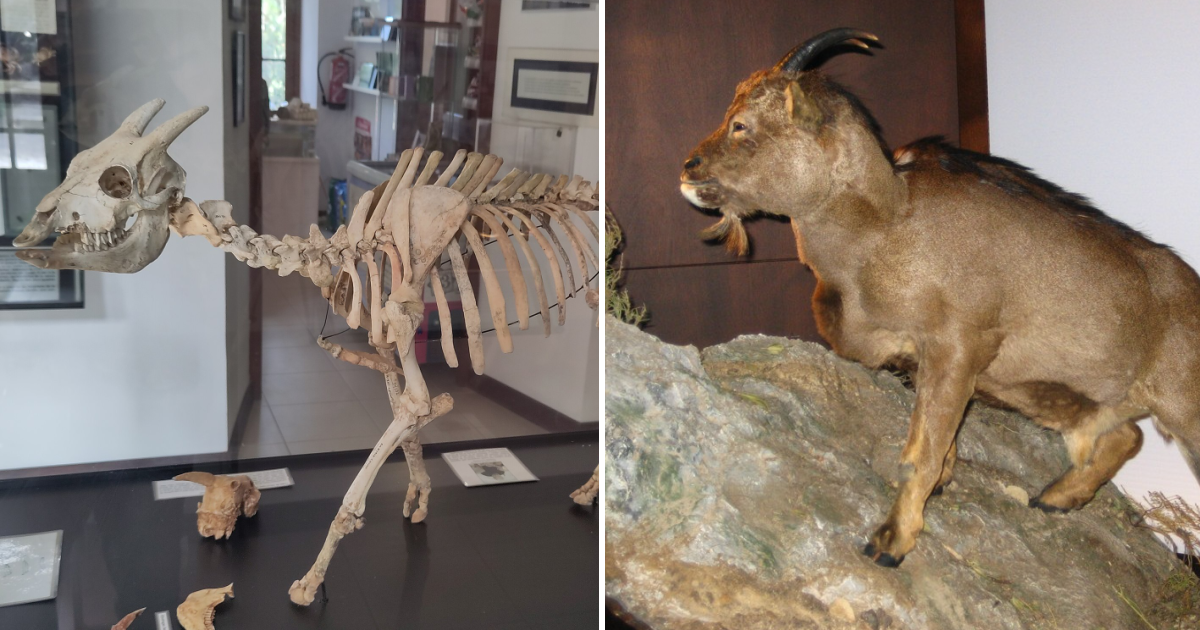
Most of us aren’t making a living as biologists, but we do recall at least a few facts from high school science. One of those, at least for me, is that one way to distinguish mammals is because they’re warm-blooded.
Well, it turns out that’s not always true.
Reptiles and cold-blooded animals have to have a heat source to maintain their body temperature, but warm-blooded creatures typically need to eat to have the energy required for such a feat.
But one mammal defied those realities on a lonely Mediterranean island devoid of any considerable resources.
Now extinct, scientists say this was the true story of a goat species, Myotragus baleraricus.
Image Credit: Sóller. Museu Balear de Ciències Naturals
The island was what would become Mallorca.
The goat was small, less than 20 inches high, and had other small features like its short limbs, tiny brain, and small sense organs, too.
It essentially became a dwarf goat in order to survive, and research shows that it’s bone structure is the same kind found in reptiles.
Cold-blooded species grow slowly and can control the rate of or even halt their grown when resources are low. Bone history will almost always tell the story of when dire times descended.
M. balearicus’ bones reveal the same types of markers, suggesting the extinct goat had the same flexible growth rates. The goat also reached maturity by 12 years of age, which is quite late for a mammal, especially a goat – they typically reach sexual maturity by around 9 months.
The study authors also suggested the goat would have a more sedentary lifestyle than goats today, more akin to a cow…or even a crocodile.
“Myotragus not only decreased aerobic capacities … and behavioral traits … but also flexibly synchronized growth rates and metabolic needs to the prevailing resource conditions as do ectothermic reptiles.”
Image Credit: Public Domain
Conversely, instead of finding slow-growing lamellar bone, they found the faster-growing fibrolamellar bones, which are common among warm-blooded species. They say this could mean there’s an intermediate condition between the two opposite ends.
The goats on Mallorca survived for more than 5.2 million years, as it had no natural predators and adapted to live with few resources.
Evolution figured on everything except human beings, who invaded the island around 3,000 years ago and quickly caused the goat to go extinct.
I imagine that, like it’s bigger reptilian family, it didn’t move too quickly.
And another one bites the dust.